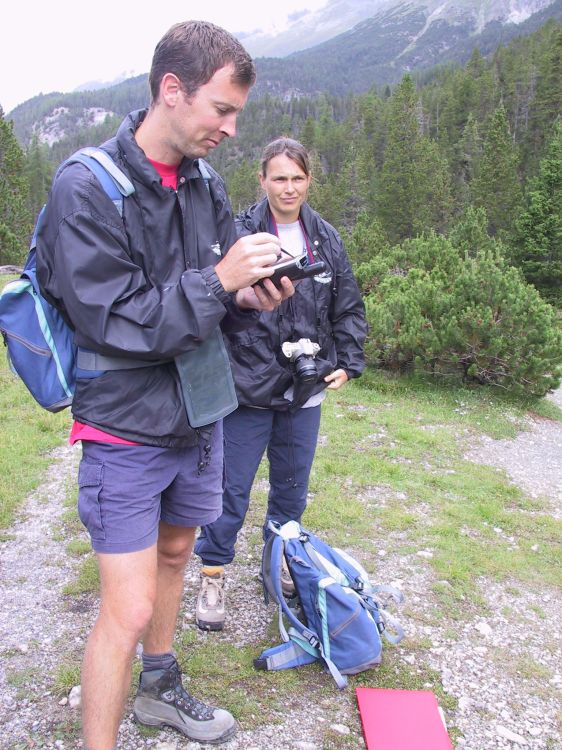1.2.2. Fitness for purpose
Making sense of all this data requires us to consider what is important to the user of a service and what is irrelevant. (Brodersen 2001) list 4 aspects that must be initially considered to create a useful map product. These are equally important to define a service:
- Purpose – Why is the service being created? What is the value for the consumer and producer? For example, to make road travel more efficient and less stressful, or to provide education and information.
- Target Group – Who will use the service? For example, car drivers, business people, tourists, teenagers.
- Aim – How will the map service look? For example, "The service will run on a PDA. It will show a map of central Zurich, allow visitors to find places and services of particular interest and navigate to these using landmarks"
- Context-of-use – How is the service to be used? For example, in the hand of a user while they are walking around, secured in a cradle inside a car or on a bicycle.
Having created such a specification, you should be able to come up with a list of questions that the user is likely to pose using the service. For example; Where am I? Where can I find an Italian Restaurant? Where is the post office? How can I get to the post office by bus? etc.
Look at the picture below, develop a scenario for usage based on the 4 criteria previously discussed. Suggest 5 questions that a user might ask of such a service.

